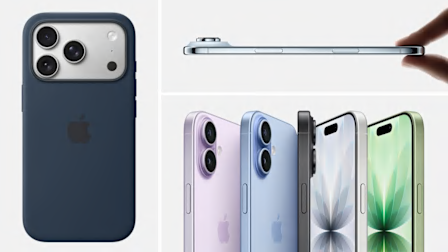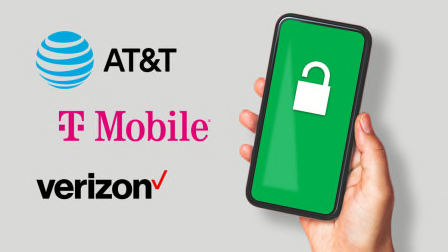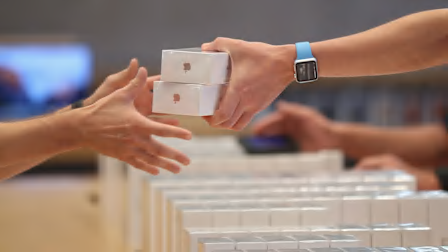iPhone 15 Pro Max Passes CR's Drop Test
Viral videos claim Apple’s new flagship phone cracks easily. That’s not what CR labs found.
Viral videos from online reviewers have raised consumer concerns about the structural integrity of Apple’s new iPhone 15 Pro Max, but Consumer Reports testing shows that the company’s top-of-the-line phone stands up to repeated drops just as well as previous iPhones and top-line phones from other companies. It also successfully resisted 110 pounds of pressure in a bending test.
We measured the force using a high-precision Instron compression test machine, applying pressure in the center of the device and along the length of the phone to see whether that might cause the glass on the back to break.
The phone emerged with no cracks.
“That shows it can take plenty of force,” says Maria Rerecich, senior director of product testing at CR. “There is some flex in the phone that recovers when the force is released.”
The iPhone 15 Pro Max survived our drop test and endured 110 pounds of pressure in a bending test.
The results fit with our real-world experience in using the phone. While taking photos for another article, we accidentally let an iPhone 15 Pro Max tumble onto rocky ground—twice. It survived without a scratch.
What we found in our labs contrasts with a series of videos from online reviewers that showed the glass breaking in improvised drop and bending scenarios, at times resulting in a web of cracks across the back of the phone.
Claims that a new iPhone is overly delicate may sound familiar. Back in 2014, the just-released iPhone 6 and iPhone 6 Plus were branded with the unfortunate Twitter hashtag #bendgate after people started posting photos and videos of damaged phones. Using the very same Instron machine we employed today, CR determined that both phones withstood what we considered to be a reasonable amount of force. (Of course, if you’re determined to break your phone—iPhone or otherwise—you can do it.)
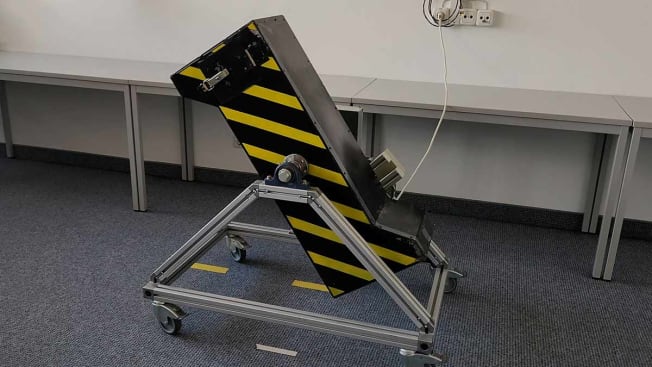
Photo: Consumer Reports Photo: Consumer Reports
Consumer Reports reached out to Apple with our findings, but the company did not respond with a comment.
Both the iPhone 15 Pro and 15 Pro Max feature a new titanium design. “The Pro lineup is built to last,” the company says, “combining the strength of titanium with the toughest back glass in a smartphone and the industry-leading Ceramic Shield on the front.”
If the rear glass on your iPhone 15 Pro does break, it should be cheaper to fix than last year’s top iPhone. On the 15 Pro Max, the repair will cost $199. For the iPhone 15 Pro it’s $169. By contrast, the price to restore the back glass on an iPhone 14 Pro Max is $549 and for an iPhone 14 Pro it’s $499.
Our testing of the iPhone 15 Pro Max isn’t done yet. We’re still conducting our rain and water-resistance tests, along with tests of camera quality, battery life, and other factors. We hope to have final results on all four iPhone 15 models to share soon.






























